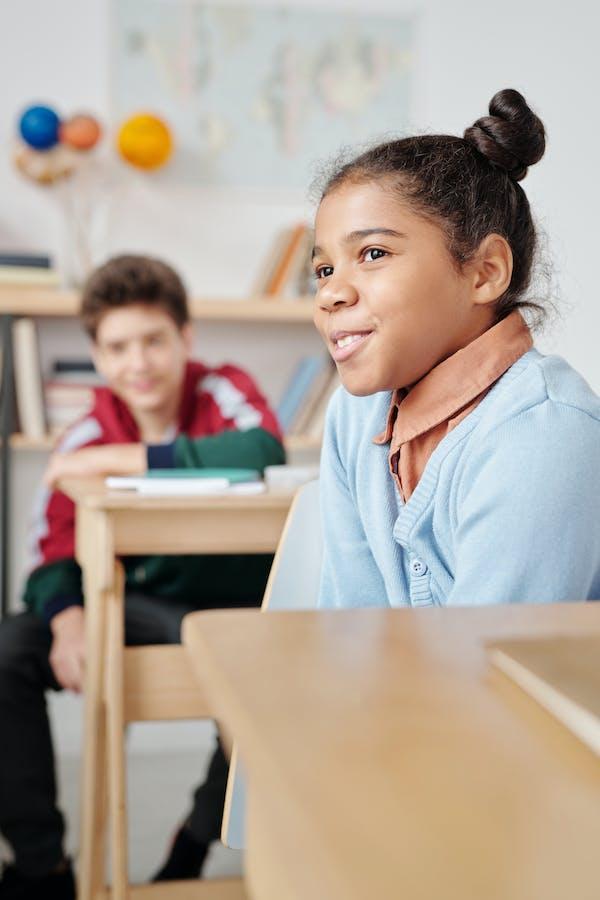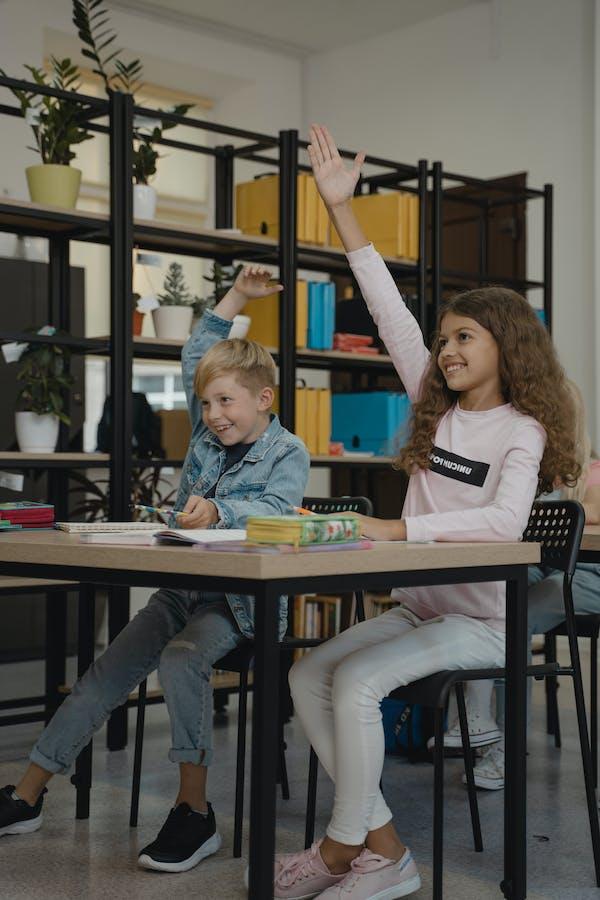Making Learning Fun: Creative Ideas for Engaging Students
Special Correspondent | Last Updated : March 27, 2023As a teacher, you are not only responsible for teaching your students but also for keeping them engaged and motivated to learn. One of the most effective ways to achieve this is by making learning fun. You can keep your student’s attention and make the learning process more interesting by including creative ideas in your lessons. In this article, we will explore some of these ideas.
Games
Games are a great way to make learning fun. You can use games to teach a variety of subjects, from math to history. Games can be designed to suit different age groups and learning levels, and they can be played individually or in groups. There are plenty of educational games available online, or you can create your own games using online tools.
Quizzes
Quizzes are a fun way to test your students’ knowledge and engage them in the learning process. Use quizzes to review material or introduce new topics. You can create quiz templates at Storyboardthat or you can use traditional paper-based quizzes. To make it even more engaging, add interactive elements like timed questions or instant feedback on their answers.
Technology
Incorporating technology into your lessons can make them more engaging and interactive. You can use tools like interactive whiteboards, tablets, and educational apps to create a more immersive learning experience. For example, you can use virtual field trips to take your students on a journey to different parts of the world or use augmented reality to bring historical events to life.
Role-Playing
Role-playing is a fun and effective way to teach communication and interpersonal skills. You may create scenarios that require students to take on different roles and interact with each other. For example, ask your students to role-play a job interview or a customer service scenario. This will help them develop their confidence, empathy, and communication skills.
Music
Music is a powerful tool for engaging students and making learning fun. Use music to teach a variety of subjects, from language arts to social studies. For example, you can use songs to teach grammar rules or historical events. You can also create your own songs or parodies that relate to your lesson.
Art
Art is a great way to stimulate creativity and engage students. You can use art to teach a variety of subjects, from science to math. For example, ask your students to create a visual representation of a scientific concept or a math problem. You can also use art to teach social and emotional skills, such as empathy and self-awareness.
Movement
Movement is an important part of learning, especially for young children. You can use movement to help your students stay engaged and focused. Incorporate physical activity into your lessons, such as dance or yoga. Also use movement to help students memorize information, such as hand gestures to represent different parts of a story.
Storytelling
Storytelling is a powerful tool for engaging students and making learning fun. You can use stories to teach a variety of subjects, from history to science. Use stories to teach about historical events or explain scientific concepts. Ask your students to create their own stories that relate to your lesson.
Field Trips
Field trips are a great way to make learning fun and give your students a real-life experience. You can take your students to museums, parks, or other educational locations that relate to your lesson. Field trips can help students make connections between what they are learning in the classroom and the real world.
Humor
Humor is a great way to engage students and make learning fun. You can use jokes, puns, and other forms of humor to lighten the mood and make your lessons more enjoyable. However, it’s important to use humor with caution and avoid anything that could be offensive or inappropriate.
Real-Life Examples
Using real-life examples is a great way to make learning relevant and engaging. You may share stories from your own life or from current events to illustrate concepts in an easy-to-understand way.
For example, if you’re teaching math, you can use everyday examples, such as explaining how a bakery would need to use ratios and proportions when baking different sizes of cakes. Real-life examples help contextualize concepts and make learning more enjoyable.


